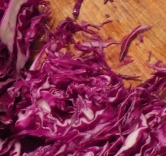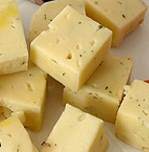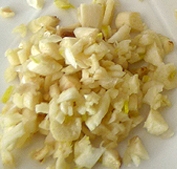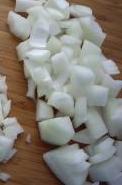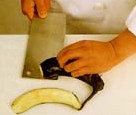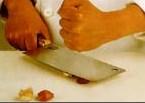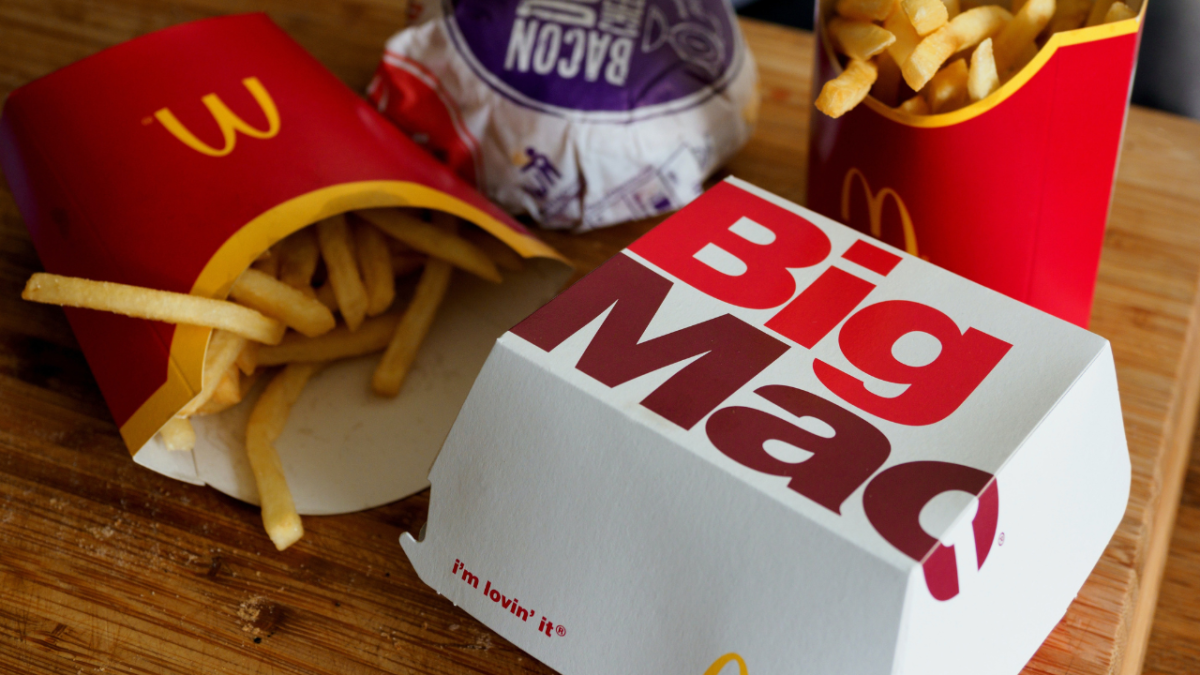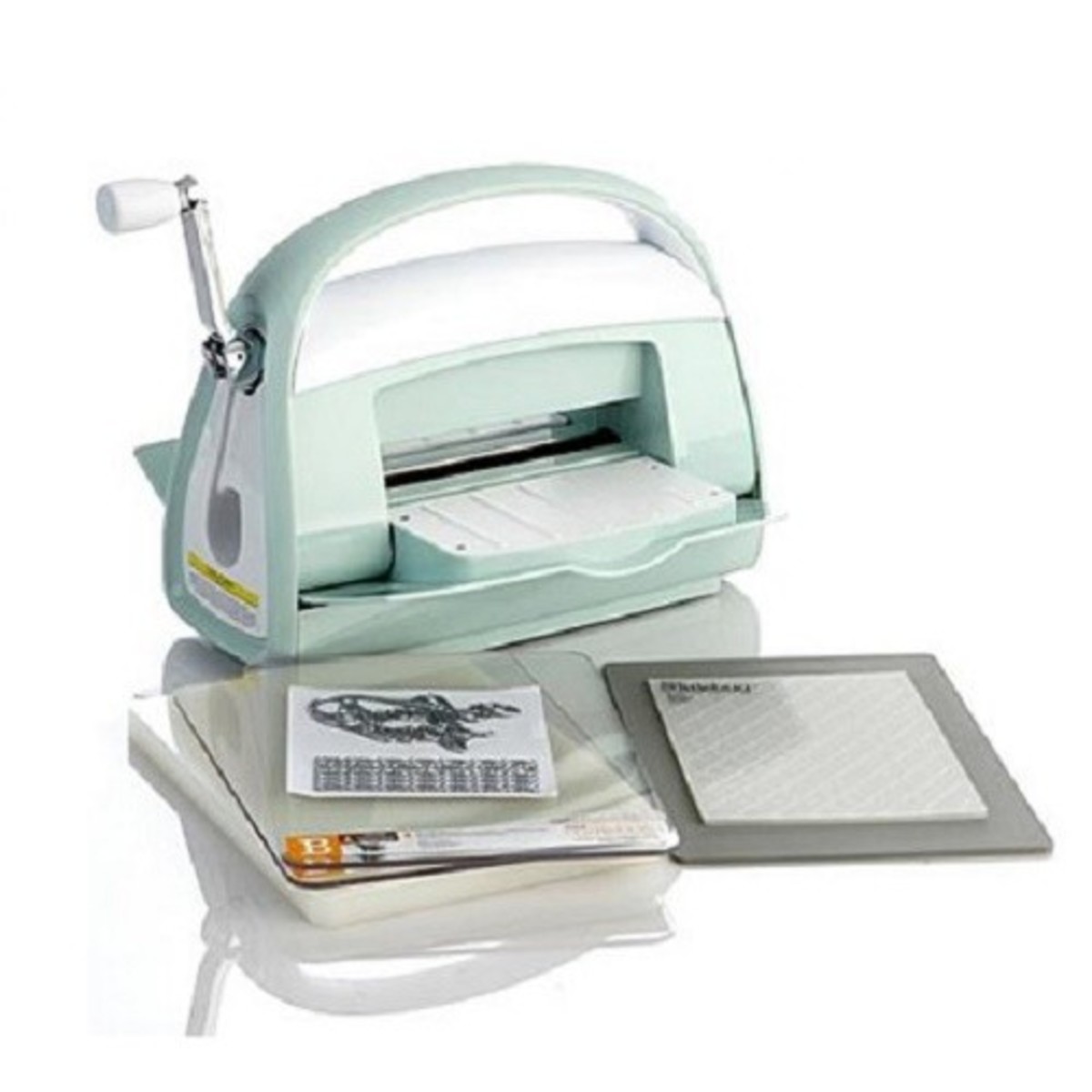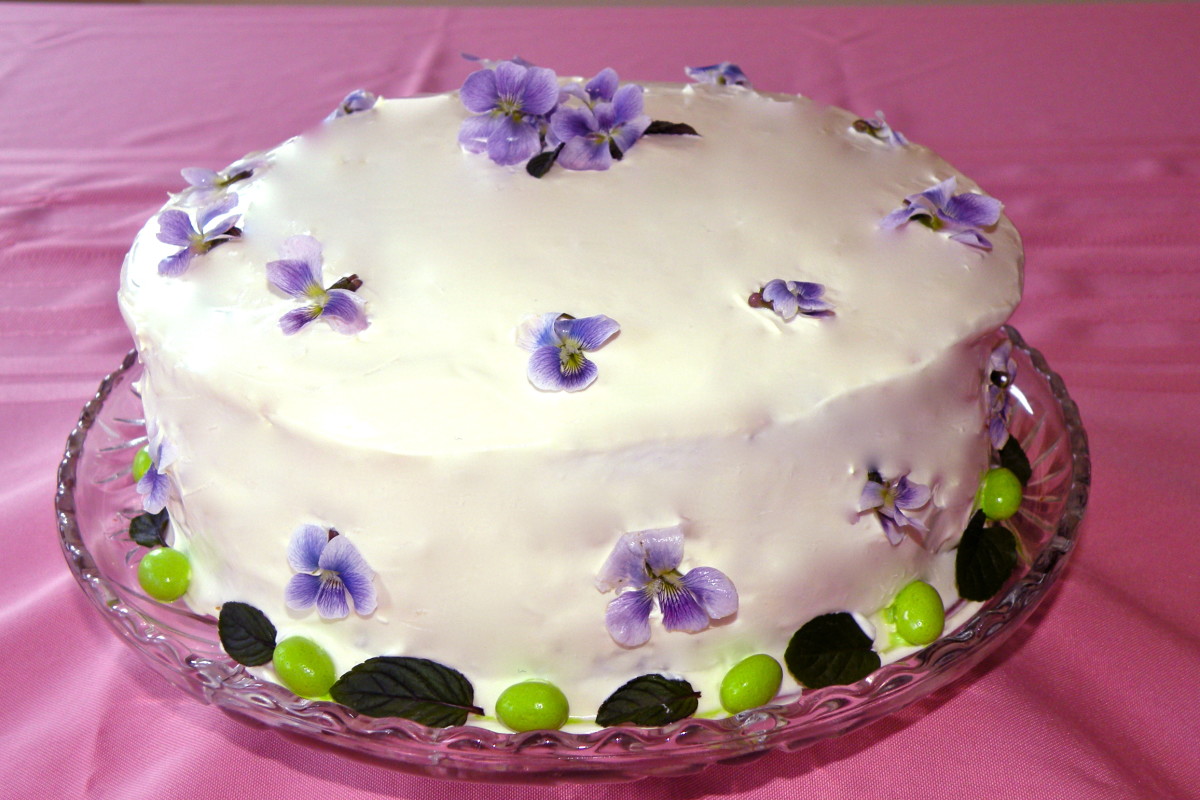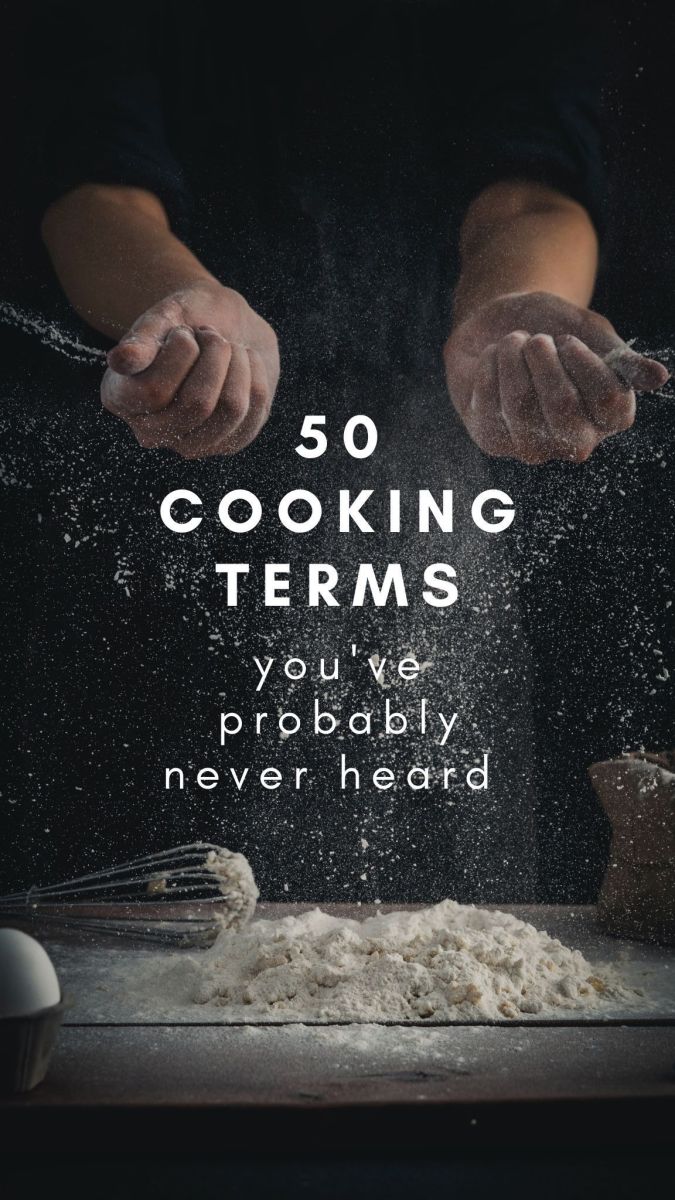Cutting Food Ingredients










Preparing ingredients for cooking can be very tedious and labourous. Washing, marinating and cutting require special skills to be up to it. Washing takes care of dirt and germs, marinating involves keeping food in marinade to enhance tenderness and flavour, and cutting is done to divide the food into smaller sizes for cooking. I will be talking about cutting in this hub.
Cutting enhances the texture and presentation, and reduces the cooking time of food. There are different ways of cutting food. It's not difficult these days, vegetable cutters do it right but if you can't afford and want a simple way out or want to have fun cutting ingredients then you are at the right place.
The first method is Cubing.
Cubing is basically cutting food into pieces with 6 equal sides. To begin with you need an ingredient that has a uniform shape. For example cheese. This does not mean you can't cube any other ingredient that is not uniform. All you need is to get a uniform shape first, so let's say you want to cube carrot for what ever purpose. Cut the carrot into strips and then cut the 4 sides to remove the rounded edges so that you have a rectangular stick or an oblong shape. Then cut each stick into cubes.
The second one is Dicing.
Dicing is the same as cubing. The only different is with the size. With dicing the ingredient is cut into smaller pieces than cubing.
The third method is Julienne.
Julienne is to cut into long and thin strips. Let's take carrot for example. Cut the carrot to length and trim the 4 sides to remove the rounded edges. Then, cut the sticks lengthwise into thin rectangular slices. This is commonly used for celery, carrots and bell peppers.
The fourth is Mincing
Mincing involves cutting into tiny pieces. It's used when you want the ingredient to be well distributed in the dish. No particular size is required but it must be very tiny. For instance you can mince garlic and ginger.
The fifth is Slicing
Slicing is used when you cut ingredients thin and flat. For example onions. There are two types straight and diagonal slicing. Straight cutting is the common type and diagonal slicing is mostly used to give food a more unique look, or for cutting semi-cylindrical vegetables and it requires holding the ingredient at 30 degree angle.
The sixth is Shredding.
Shredding is applied when cutting cabbage or lettuce. To begin with cut the cabbage into half from the top to bottom with a large kitchen knife. Then remove the core. The third step is to hold the cabbage at a 135 degree angle, and with the knife at a slightly less angel slice down the interior side of the cabbage. When shredding cooked chicken, first remove the skin and the bones then, pull the meat into long strips with your hands.
The seventh type is Roll cutting
Roll cutting is done when you want to expose the surface or interior of vegetable. For example zucchini. First you must hold the knife perpendicular to the working board and cut diagonally. Then, roll the vegetable a quarter-turn and cut diagonally. This type of cutting is used for long vegetables like carrot or zucchini.
The eight type is Parallel cutting
Parallel cutting is used to cut broad and thin slices of meat or vegetables. To be able to do this with ease, cut the vegetable into two strips first and holding the knife parallel to the working board cut slowly and carefully.
The ninth type is Crushing.
Crushing is often less regarded as cutting. It involves exerting pressure on the ingredient so that it opens up.
The tenth type is Tenderizing.
Tenderizing involves the use of a meat pounder. Meat pounders are light weight and are used to thump meat to make it tender for cooking or marinating. Some have ridged surfaces that penetrate the meat making the surface of the meat uneven. This allows the meat to pick marinade.
Cutting requires skills and care. It must not be done angrily or in haste as you can cut yourself in the process.


